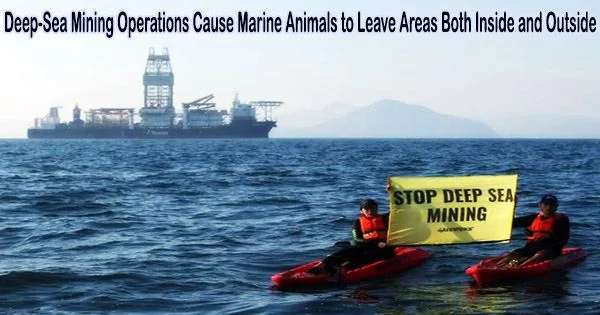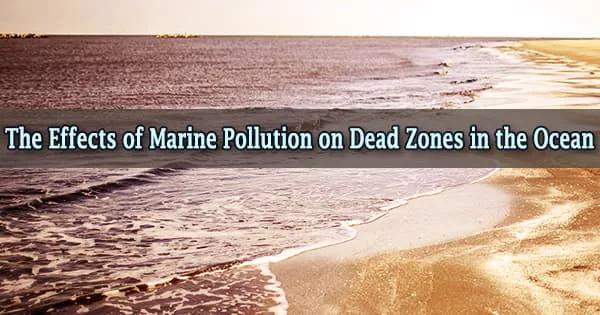Deep-sea mining refers to the extraction of valuable minerals and resources from the seabed in depths ranging from hundreds to thousands of meters below the ocean’s surface. These minerals can include precious metals like gold, silver, copper, and rare-earth elements, as well as industrial minerals like manganese, cobalt, and nickel.
In order to mine cobalt, a mineral needed in electric vehicle batteries, Japan carried out the first successful test in 2020 by removing cobalt crusts off the summit of deep-sea mountains. In addition to making directly mined regions less hospitable for marine life, mining also releases a plume of silt into the surrounding water.
An investigation on the environmental impact of this first test, published July 14th (2023), in the journal Current Biology, reports a decrease in ocean animals both in and around the mining zone. While deep-sea mining has the potential to provide access to valuable resources, it also raises significant environmental and regulatory challenges.
A set of deep-sea mining regulations has not yet been finalized by the International Seabed Authority (ISA), which has jurisdiction over seafloor resources that are not under the control of a certain nation.
I had assumed we wouldn’t see any changes because the mining test was so small. They drove the machine for two hours, and the sediment plume only traveled a few hundred meters. But it was actually enough to shift things.
Travis Washburn
However, starting on July 9, 2023, the ISA must either create a set of exploitation regulations or start considering mining exploitation under current international laws for businesses wishing to mine the ocean floor for minerals including cobalt, copper, and manganese.
“These data are really important to get out,” says first author Travis Washburn, a benthic ecologist who works closely with the Geological Survey of Japan. “A set of regulations is supposed to be finalized soon, so a lot of these decisions are happening now.”
Data from three visits by Japan to the Takuyo-Daigo seamount one month before the mining test, one month after, and one year following were analyzed by the scientists. A remotely operated vehicle traveled to the seafloor and gathered video of the affected areas after sailing for seven days from the port.
Researchers noticed a 43% decrease in fish and shrimp density in the areas directly affected by sediment contamination one year after the mining test. They did discover a 56% decrease in the density of nearby fish and shrimp, though. The team believes that the mining test may have contaminated fish food sources, albeit there are other causes for the decline in fish numbers.
Coral and sponges, which are less mobile than other ocean species, showed no significant change over the research. The researchers point out that this was only after a two-hour test, and long-term mining operations may still have an influence on coral or sponges.
“I had assumed we wouldn’t see any changes because the mining test was so small. They drove the machine for two hours, and the sediment plume only traveled a few hundred meters,” says Washburn. “But it was actually enough to shift things.”
The study will need to be repeated multiple times in order for the researchers to fully comprehend the effects deep-sea mining has on the ocean floor. Before conducting a mining test, it is ideal to gather several years’ worth of data to take into account any potential natural changes in the populations of ocean animals.
“We’re going to need more data regardless, but this study highlights one area that needs more focus,” says Washburn. “We’ll have to look at this issue on a wider scale, because these results suggest the impact of deep-sea mining could be even bigger than we think.”
















